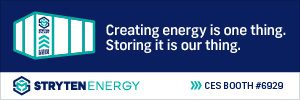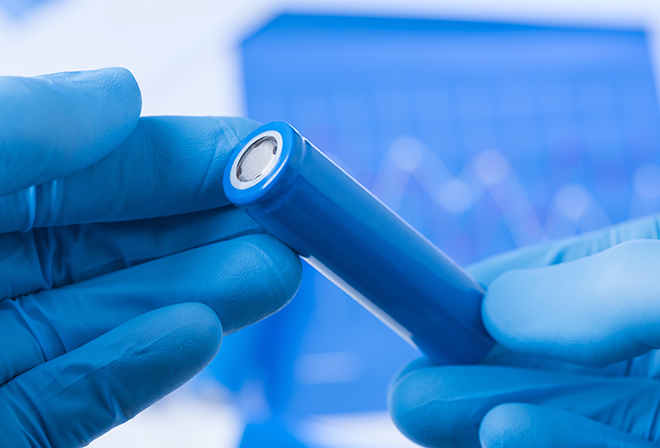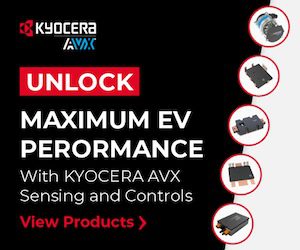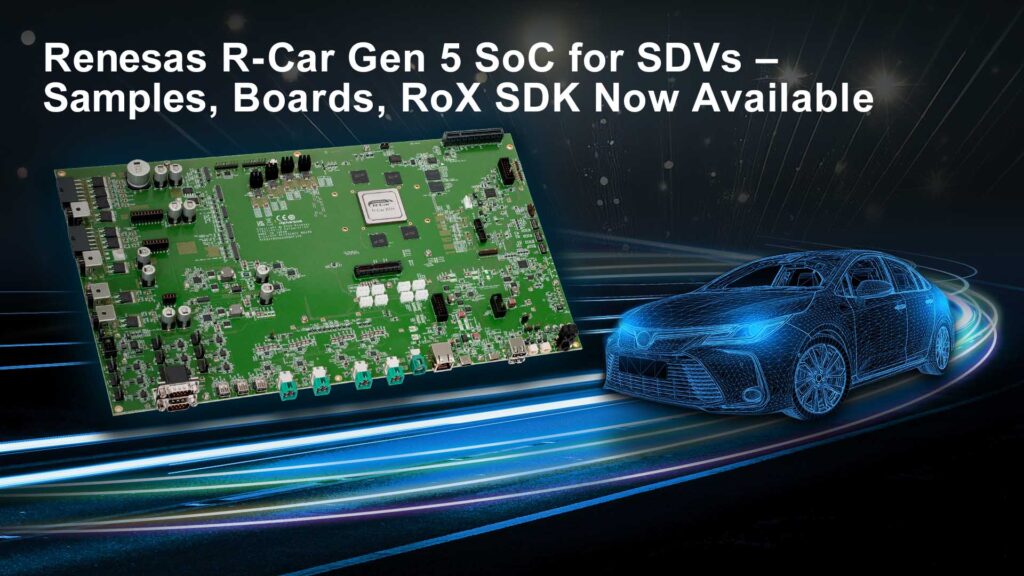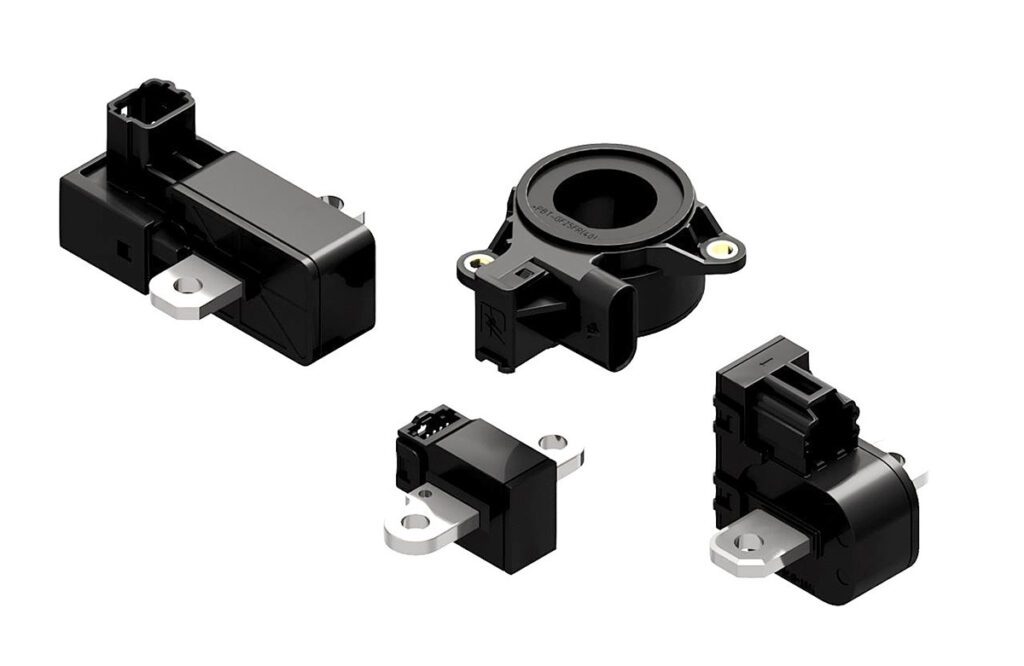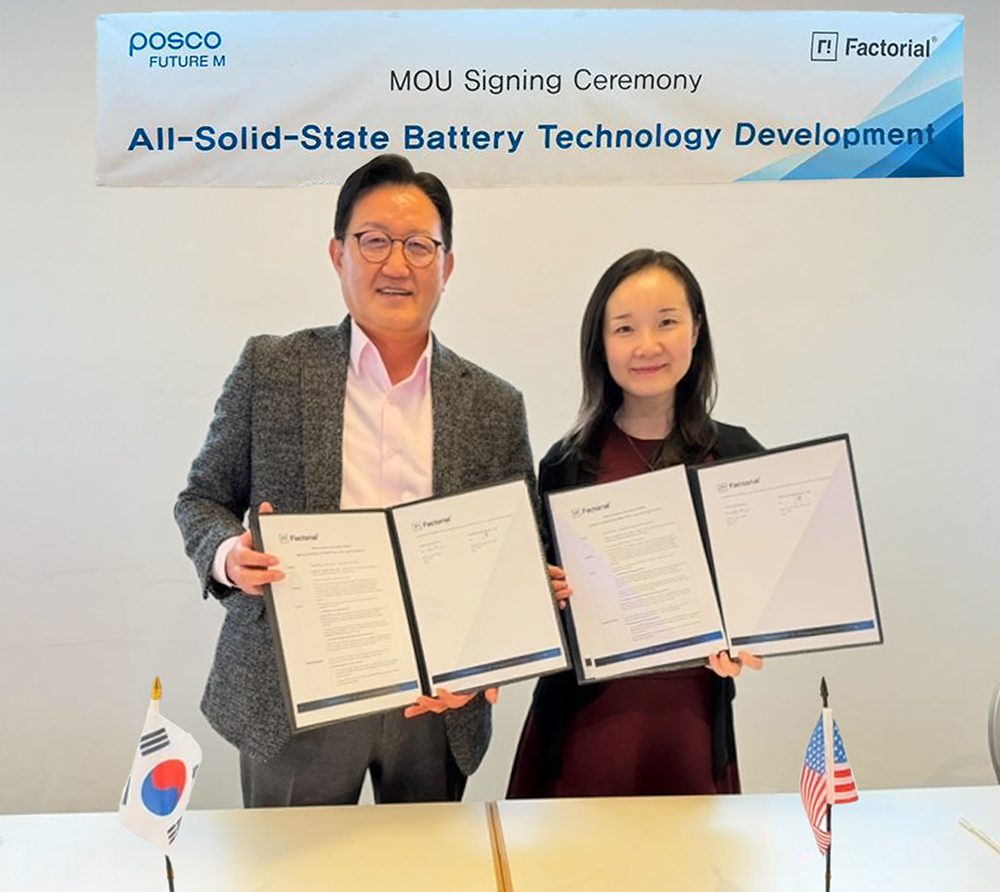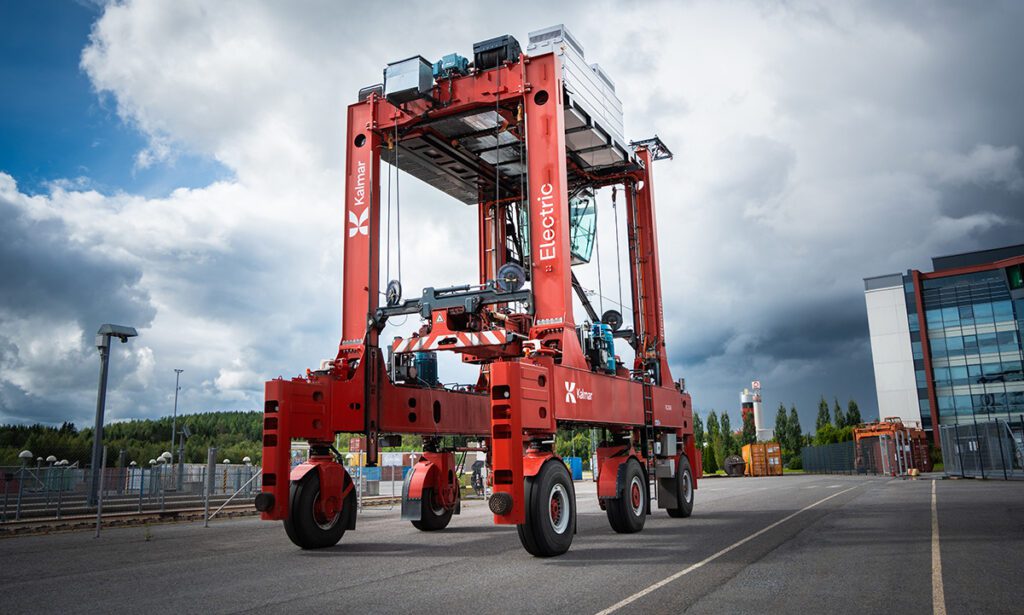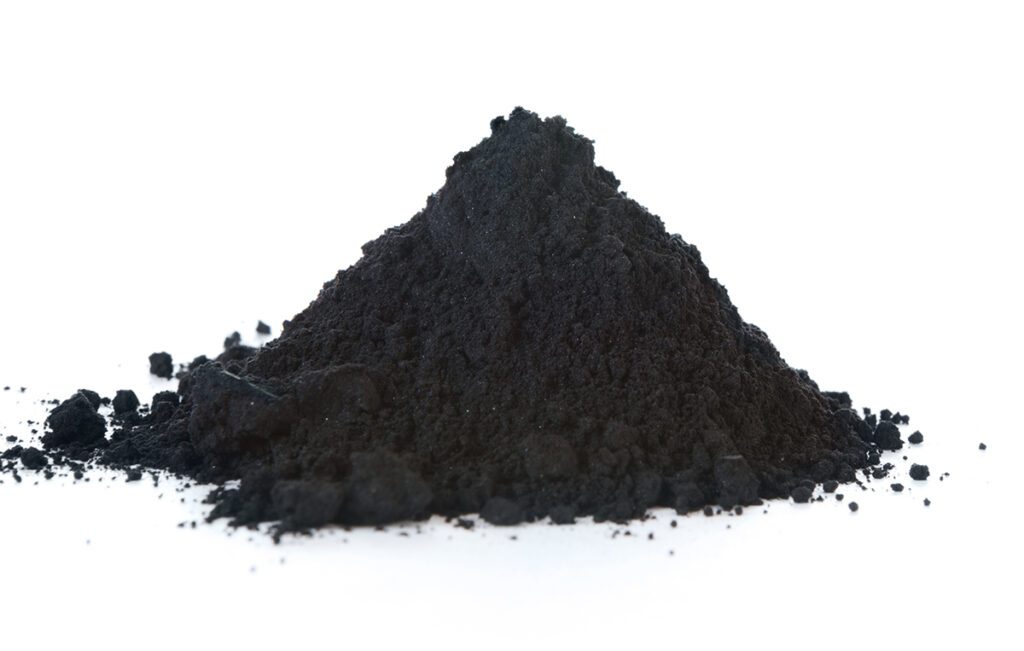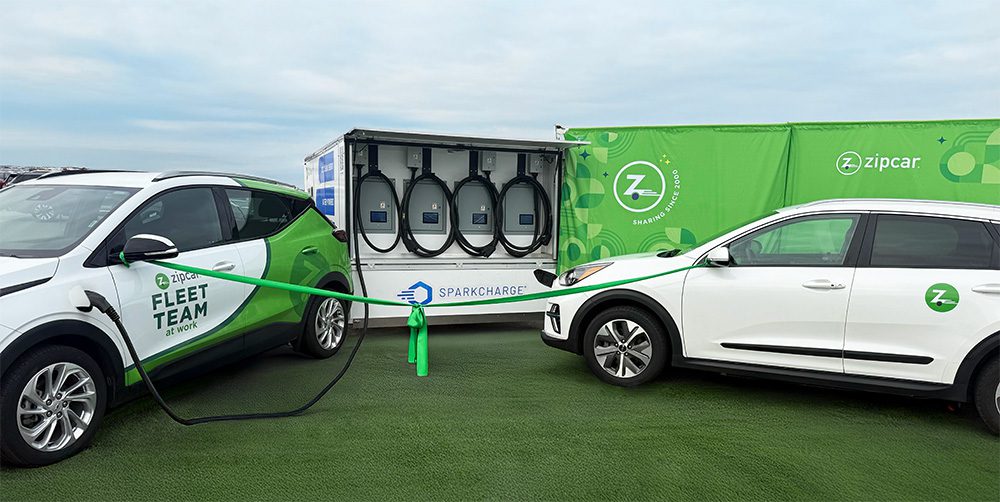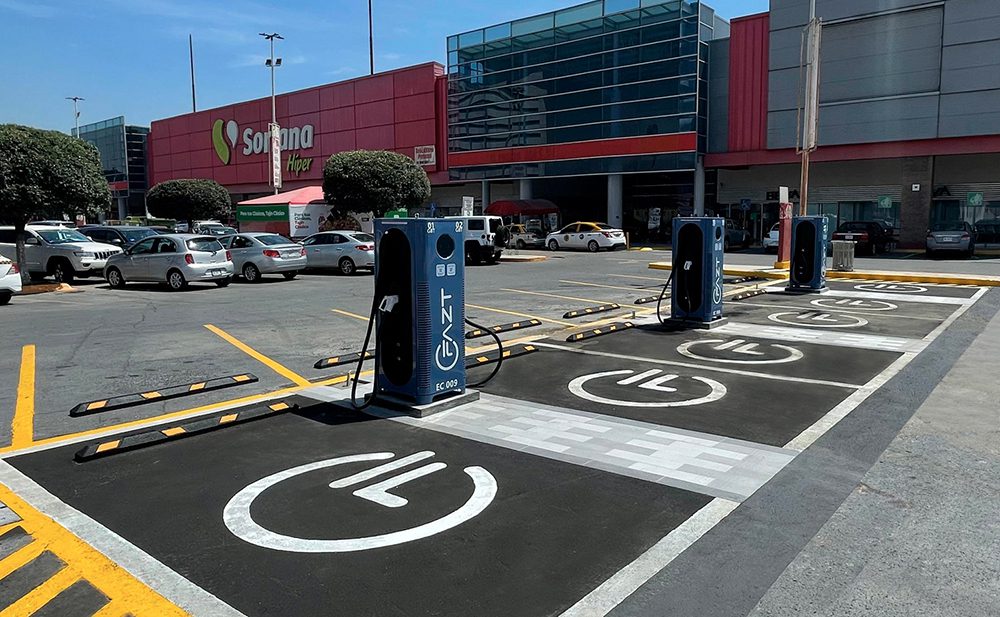21st-century soldiers use lots of battery-powered gadgets, and they need batteries that are light to carry, safe, and impervious to abuse – exactly the characteristics required by EV batteries.
A new battery tech developed by the US Army has attracted the attention of battery luminary Jeff Dahn, who works with Tesla on battery research.
In a new study published in the journal Nature (via Electrek), researchers from the CCDC Army Research Laboratory and the University of Maryland describe a new cathode chemistry that is “completely free of transition metal and [delivers] unprecedented high capacity by reversibly storing Li-ion at high potential (~4.2 V).”
The researchers claim that they can achieve a specific energy of 460 Wh/Kg. “Such a high-energy, safe and potentially flexible new battery will likely give soldiers what they need on the battlefield: a reliable high energy source with robust tolerance against abuse,” said ARL Senior Research Chemist Dr. Kang Xu, adding that the new tech could also be used in “civilian applications for portable electronics, electric vehicles and large-scale grid storage.”
“This new cathode chemistry happens to be operating ideally in our previously-developed ‘water-in-salt’ aqueous electrolyte [described] in Science in 2015, which makes it even more unique – it combines both high energy density of non-aqueous systems and high safety of aqueous systems,” said lead author Chongyin Yang.
“The energy output of water-based battery reported in this work is comparable to ones based on flammable organic liquids other than water, but is much safer,” said co-author Chunsheng Wang. “It gets about 25% [more energy density than] an ordinary cell phone battery. The new cathode is able to hold, per gram, 240 milliamps for an hour of operation, whereas the kind of widely used cathode in cell phones, laptops, and tools (LiCoO2) provides only 120-140 milliamps each hour per gram.”
Professor Jeff Dahn was one of several battery boffins who commented on the findings – he called the new battery chemistry “the most creative I have seen in at least 10 years.”
“The fact that the LiCl and LiBr reversibly convert and form halogen intercalated graphite is truly incredible,” said Dahn. “The team has demonstrated encouraging reversibility for 150 cycles and has shown that high energy densities should be attainable in 4-volt cells that contain no transition metals and no non-aqueous solvents. It remains to be seen if a practical long-lived commercial cell can be developed, but I am very excited by this research.”






